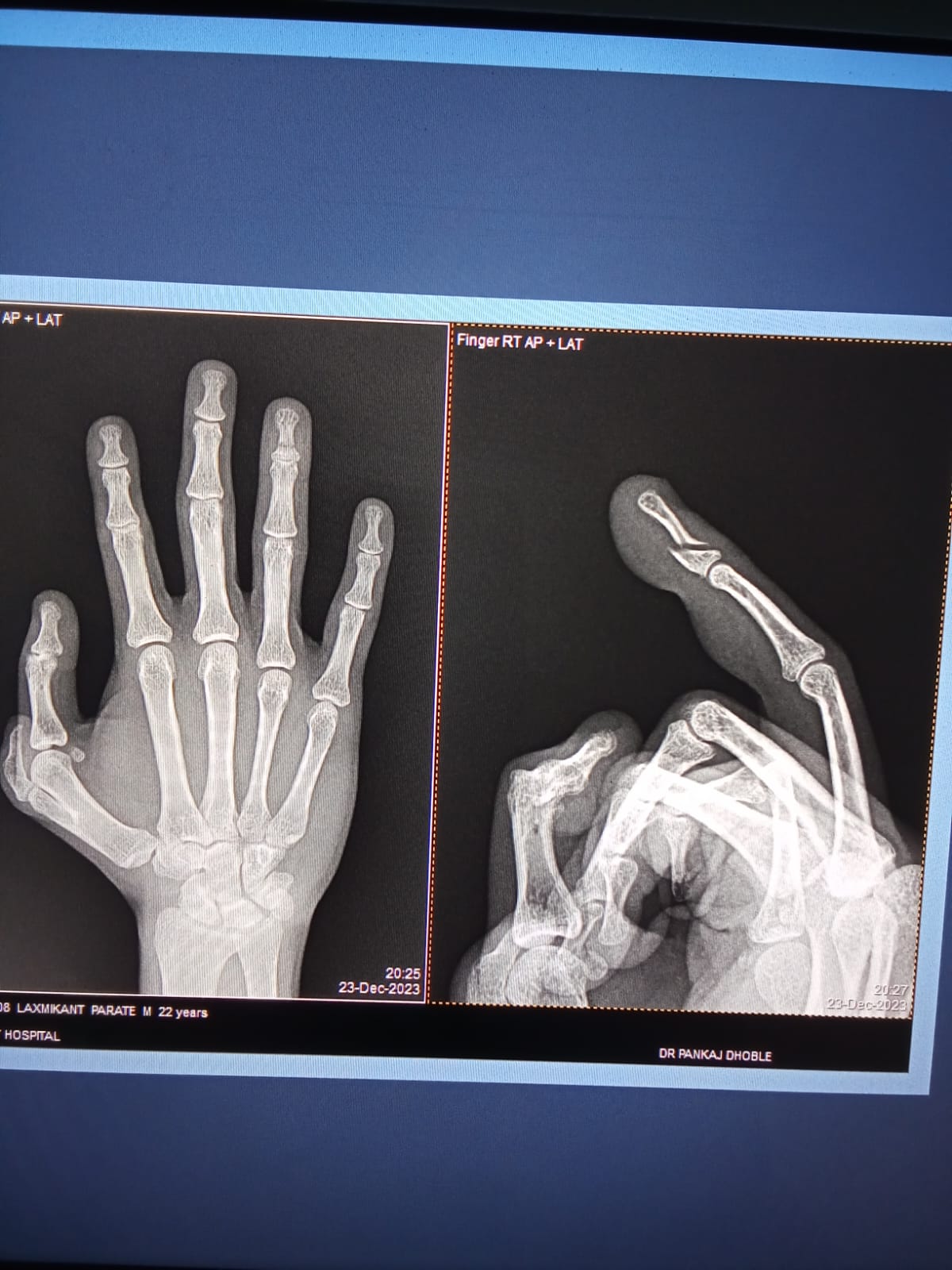
2024-03-13T07:06:56
Types of Fractures: Finger fractures can vary in severity and location. They may include: Stable Fracture: The broken ends of the bone are aligned and stable. Displaced Fracture: The broken ends of the bone are not aligned. Open Fracture: The broken bone pierces through the skin, leading to an open wound. Comminuted Fracture: The bone is broken into multiple pieces. Symptoms: Symptoms of a finger fracture may include pain, swelling, bruising, deformity, difficulty moving the finger, and tenderness around the affected area. Diagnosis: Diagnosis of a finger fracture typically involves a physical examination, medical history review, and imaging tests such as X-rays. X-rays help in determining the location and severity of the fracture. Treatment: Treatment for a finger fracture depends on the severity and type of fracture. It may include: Immobilization: Splinting or casting the finger to keep it immobilized and promote healing. Reduction: If the fracture is displaced, a healthcare provider may need to manipulate the bones back into place. Surgery: Severe fractures or those involving joint surfaces may require surgical intervention to realign the bones and stabilize them with pins, wires, plates, or screws. people also searched for #bestorthohospitalnearme #bestfracturehospitalnearme #besthospitalonumredroad #bestfracturehospitalindighori

